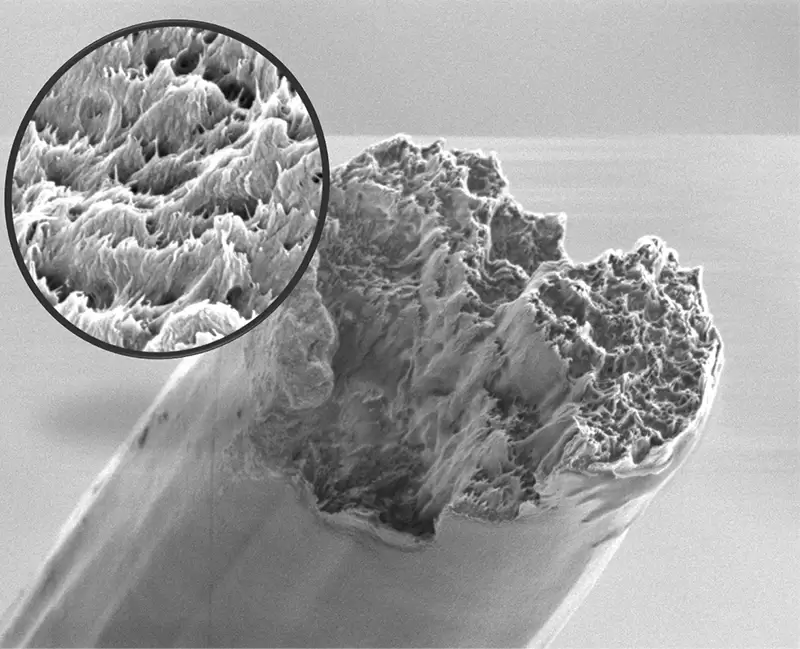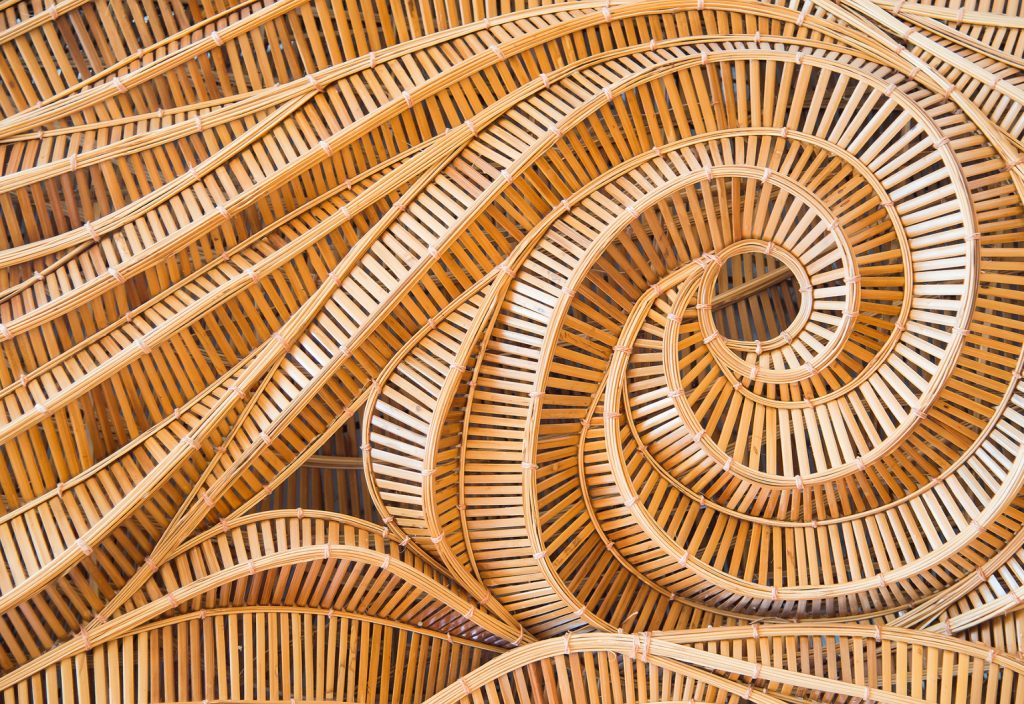Researchers have found a way to transfer the incredible strength of the tiny fibres that make up plants and wood to a lightweight, biodegradable material that could eventually replace plastic and steel in aeroplanes and cars.
Materials engineers and scientists have looked to nature for inspiration to produce more eco-friendly construction materials with mechanical properties that can compete with traditional materials such as steel.
Carbon nanofibrils (CNFs), the building blocks of wood and other plants, can form extremely strong and stiff macrofibres. But when these fibres are combined to make materials large enough for construction, the material’s performance is weakened by defects from misalignment and poor adhesion.
A team of researchers from Sweden, the US and Germany have devised a way to perfectly align CNFs to create a lightweight bio-based material that they claim is the strongest yet.

“The bio-based nanocellulose fibres fabricated here are eight times stiffer and have strengths higher than natural dragline spider silk fibres, generally considered to be the strongest bio-based material,” said research author Daniel Söderberg from Sweden’s KTH Royal Institute of Technology.
According to Söderberg, the new material also has a specific strength greater than metals, alloys, ceramics and E-glass fibres.
Flowing construction
The researchers used a construction method known as flow-assisted assembly to make the new material.
They suspended commercially available cellulose nanofibres (2-5 nm in diameter) in water and fed them through a 1 mm milled steel channel.
In order to line up the nanofibres and organise them into a dense macrofibre, the team created two pairs of perpendicular inflows in the side of the steel channel. De-ionised and low-pH water flowing through the side-channels squeezed the nanofibres together.
The nanofibres were held together in a tight thread by supramolecular forces, meaning no adhesive was required.
In order to perfect the process, the researchers made use of x-rays from PETRA III – Germany’s high brilliance synchrotron radiation source.
The macrofibre threads were up to 15 micrometers thick, and several metres long. Tests showed a tensile strength 1.57 GPa and stiffness of 86 GPa.
The researchers said these macrofibre threads could be woven into a fabric to create biodegradable components for cars, aeroplanes or furniture. The process could also be used in the production of carbon nanotubes and other nanosized fibres.
Söderberg told The Engineer that the material could have applications in biomedicine as well.
“Our new material even has potential for biomedicine since cellulose is not rejected by your body,” he said.
